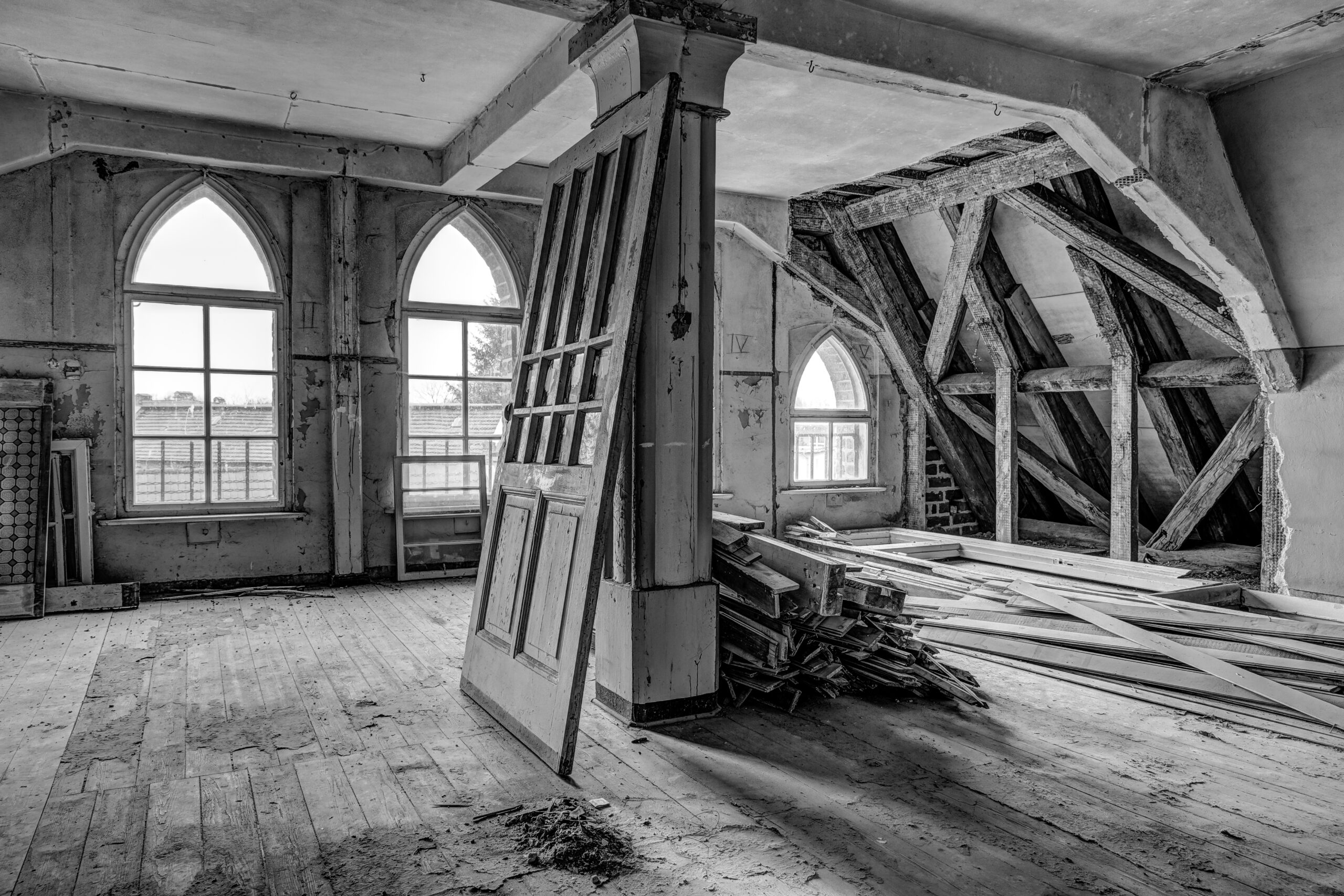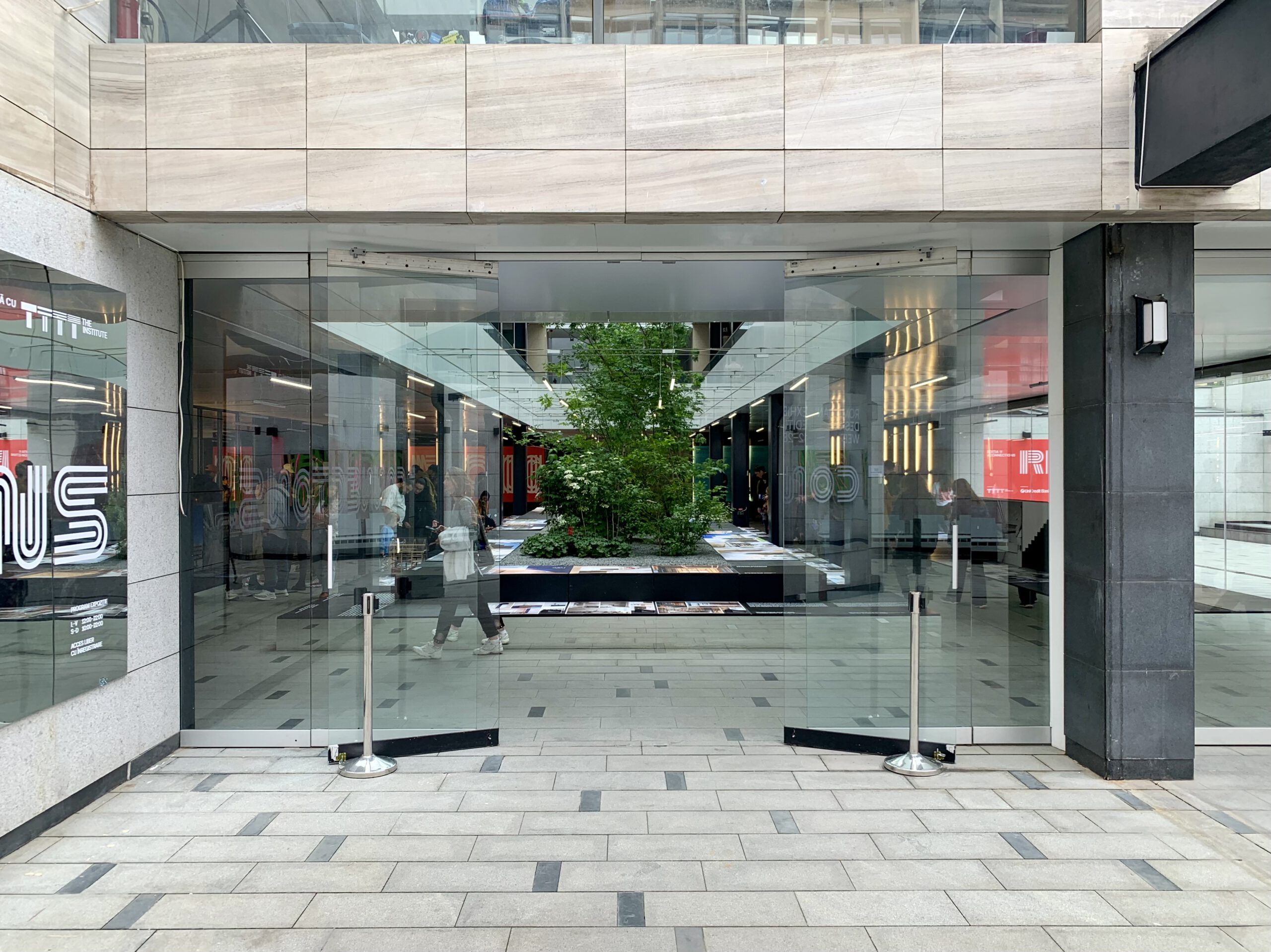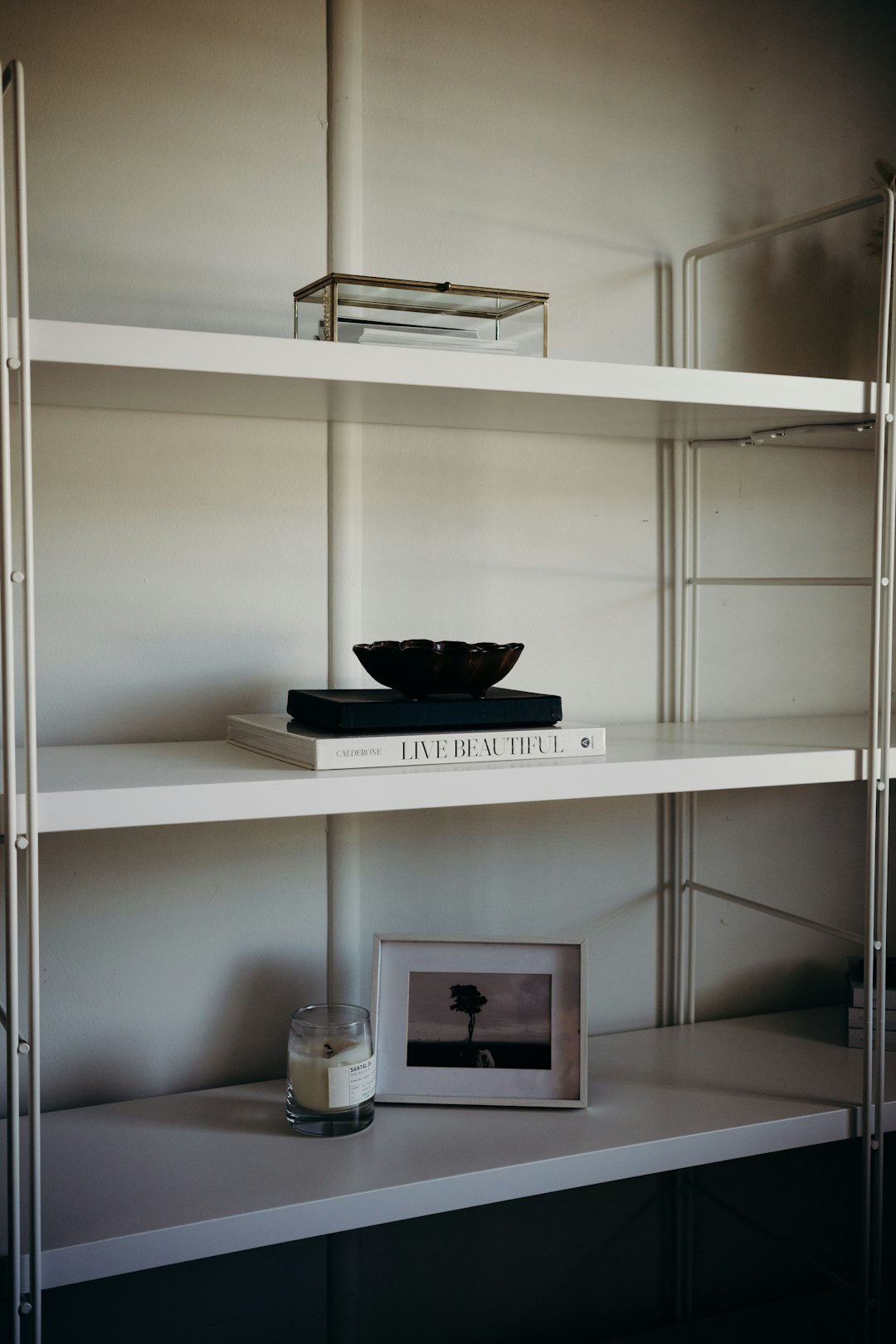Monochrome Minimalism

Monochrome minimalism is a design approach that embraces simplicity through the use of a single color palette. This design style focuses on shades and tones of one color, often white, gray, or beige, to create a serene and uncluttered environment. The beauty of monochrome minimalism lies in its ability to highlight textures and shapes that might otherwise be overlooked. For instance, a textured white wall or a sleek gray sofa becomes a feature in its own right. By limiting the color scheme, the space feels larger, more cohesive, and less busy. It’s like having a blank canvas where each piece of furniture becomes a statement without overwhelming the senses. This minimalist approach ensures that every item in the room has a purpose, emphasizing quality over quantity.
Japandi Fusion
Japandi fusion is a harmonious blend of Japanese simplicity and Scandinavian functionality. This design style combines the best of both worlds, creating a space that’s both warm and minimalistic. With Japandi, you’ll often find natural materials like wood and stone paired with soft textiles, creating a cozy yet sleek atmosphere. The emphasis is on clean lines and open spaces, allowing each element to breathe. Colors are typically muted, with earthy tones and pastels taking center stage. This approach not only brings a sense of calm and tranquility but also encourages mindfulness in everyday living. It’s like stepping into a peaceful retreat, where every piece has a story and a purpose.
Open-Concept Serenity
Open-concept serenity is all about creating a fluid, uninterrupted space that feels airy and expansive. Walls are minimized, allowing the living, dining, and kitchen areas to blend seamlessly. This design style often incorporates large windows to invite natural light, enhancing the sense of openness. Furniture is strategically placed to define different zones without blocking the flow. The result is a space that feels cohesive and inviting, perfect for gatherings or quiet reflection. It’s like living in a breath of fresh air, where the boundaries between rooms dissolve, creating a harmonious whole. This minimalist approach emphasizes freedom and flexibility, encouraging a more relaxed lifestyle.
Soft, Curved Minimalism
Soft, curved minimalism introduces gentle lines and organic shapes into minimalist design. This approach moves away from sharp angles and straight edges, instead embracing curves that add a touch of elegance and softness. Think of round coffee tables, arched mirrors, or crescent-shaped sofas. These elements create a sense of flow and movement, making the space feel more inviting and less rigid. The curves also contrast beautifully with the clean lines typical of minimalism, adding visual interest without clutter. It’s like a dance of form and function, where each piece complements the other in a delicate balance. This style is perfect for those who seek a minimalist space that’s both sophisticated and approachable.
Neutral Textures & Layers
Neutral textures and layers focus on adding depth and warmth to a minimalist space through the use of varied materials. In this design approach, you’ll find a mix of fabrics like linen, wool, and cotton, alongside natural elements like wood and stone. These materials are layered to create a tactile experience, inviting you to touch and feel. The color palette remains soft and muted, allowing the textures to shine. It’s like wrapping yourself in a cozy blanket at the end of a long day, offering comfort without compromising on style. This approach ensures that a minimalist space doesn’t feel cold or sterile but rather inviting and lived-in.
Floating Elements
Floating elements in minimalist design create a sense of weightlessness and openness. This approach often features furniture and fixtures that are suspended or wall-mounted, such as floating shelves, vanities, or beds. These elements free up floor space, making the room feel larger and more airy. The focus is on clean lines and uncluttered surfaces, allowing the eye to move freely around the space. It’s like walking on air, where everything seems to hover effortlessly. By elevating furniture off the ground, this style emphasizes simplicity and functionality, giving the illusion of a more expansive space.
Black & White Contrast
Black and white contrast is a bold minimalist approach that plays with the stark difference between these two classic colors. This design style creates a dramatic yet balanced look, using black and white in equal measure. The beauty lies in the striking visual impact of the contrasting colors, which can be softened with textures and patterns. Imagine a black leather sofa against a white wall, or a monochrome art piece that ties the room together. This approach is like a timeless black and white photograph, where each element stands out yet complements the other. It’s a minimalist style that’s both modern and timeless, offering a clean and sophisticated space.
Minimalist Industrial Loft
The minimalist industrial loft is a design style that embraces raw materials and open spaces. This approach often incorporates exposed brick walls, metal beams, and concrete floors, softened by minimalist furniture and decor. The emphasis is on functionality and simplicity, with a focus on large, open areas. It’s like living in a converted warehouse, where the industrial elements add character and charm. The key is to balance the rugged textures with sleek, modern pieces, creating a space that feels both edgy and refined. This style is perfect for those who appreciate an urban aesthetic with a minimalist twist.
Glass & Light-Filled Spaces

Glass and light-filled spaces in minimalist design create an airy and transparent environment. This approach often features large windows, glass walls, or skylights that invite natural light to flood the space. The effect is a room that feels open, bright, and connected to the outdoors. It’s like living in a greenhouse, where the boundaries between inside and outside dissolve. The use of glass ensures that the space remains uncluttered, with views extending beyond the walls. This minimalist style emphasizes the beauty of simplicity, where light becomes a design element in its own right.
Hidden Storage & Smart Design
Hidden storage and smart design are key elements in maintaining a minimalist space free from clutter. This approach focuses on integrating storage solutions into the design, such as built-in cabinets, under-bed drawers, or multi-functional furniture. The idea is to keep surfaces clear and organized, allowing the space to breathe. It’s like having a secret compartment where everything has its place, yet remains out of sight. Smart design ensures that every inch is utilized effectively, maximizing functionality without compromising on style. This minimalist approach is perfect for those who value order and simplicity, creating a clean and sophisticated space.

Renowned for her warm and inviting aesthetic, Joanna Gainsley has revolutionized modern farmhouse design. In The Cozy Home Guide, she shares practical tips on how to make any space feel like a sanctuary.

